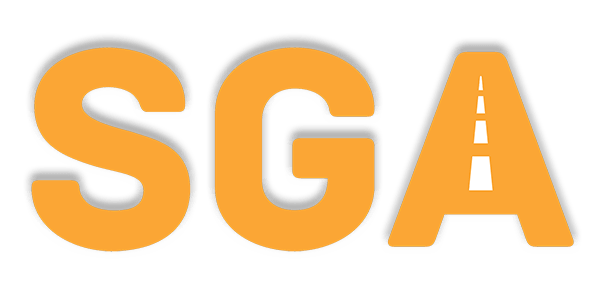As air travel becomes more prevalent, airport safety is paramount. In order to maximise safety and minimise the risk of accidents during takeoff and landing, advanced grooving techniques have emerged as a game-changer for runway safety. By improving friction and traction, enhancing drainage, and reducing the risk of hydroplaning and skidding, these techniques are revolutionising the industry.
In this post, we will explore the advantages of these techniques in detail and discuss why they are critical for airports looking to maintain compliance, professionalism, efficiency, and cost-effectiveness. From the reduction of foreign object debris (FOD) to facilitating better drainage, the benefits of advanced grooving techniques are compelling. It is time for the aviation industry to adopt these techniques.,
Reducing Hydroplaning and Skidding
One of the significant advantages of advanced grooving techniques for runway safety is the reduction in hydroplaning and skidding. Hydroplaning occurs when water accumulates on the runway’s surface, causing the aircraft’s tires to lose contact with the ground, and it can result in a dangerous situation.
Skidding, on the other hand, occurs when friction between the tire and the runway becomes insufficient, causing the tire to slide rather than rotate. Advanced grooving techniques address both of these issues by enhancing the surface’s ability to drain water and improving tire traction. This improved traction reduces the chances of hydroplaning and skidding, making for safer takeoffs and landings for aircraft and passengers alike.
Improving Friction and Traction
Advanced grooving techniques not only reduce the risk of hydroplaning and skidding but also improve friction and traction on the runway. The grooves create more surface area for the tire to grip, increasing the resistance between the tire and the runway. This added friction, in turn, improves the braking capabilities of the aircraft, reducing the braking distance and making it easier for pilots to decelerate upon landing.
Moreover, the enhanced traction also makes it easier for the aircraft to maintain its course during takeoff and landing, preventing any lateral movement that could result in an accident. Additionally, with improved traction, the aircraft tires are less likely to spin, reducing the likelihood of Foreign Object Debris (FOD) being kicked up and damaging the aircraft’s engines.
By improving friction and traction, advanced grooving techniques allow for greater control and stability during takeoff and landing, making it safer for both passengers and crew.
Enhancing Drainage and Preventing FOD
Grooving runways is a proven method for enhancing water drainage during heavy rainfall. The channels created by the grooving process allow rainwater to drain off the runway more efficiently, reducing the risk of hydroplaning during landing and takeoff. This drainage improvement is crucial for maintaining the grip of airplane tires on the runway, thereby enhancing the safety of the aircraft and its passengers.
Furthermore, these grooves can help prevent the accumulation of foreign object debris (FOD) on the runway surface. FOD, such as loose gravel, hardware, or even litter, can damage aircraft and cause accidents. By facilitating improved drainage, grooves can help wash away small debris, reducing the potential for FOD-related incidents.
Ensuring Compliance and Professionalism
From a regulatory perspective, many aviation authorities globally have recognised the safety benefits of grooving and have incorporated it into their airport design standards. For example, the Federal Aviation Administration (FAA) in the United States encourages grooving for runways that handle jet aircraft, particularly in regions prone to rainfall.
Therefore, grooving can help airports meet safety regulations and demonstrate a commitment to safety and professionalism. Compliance with these standards not only ensures that the airport meets its legal obligations but also instills confidence among airlines and passengers.
Facilitating Efficiency and Cost-Effectiveness
Grooving can also contribute to greater operational efficiency and cost-effectiveness in several ways. Firstly, by reducing the risk of water-related incidents, grooving can minimise downtime due to poor weather conditions. This improved operational reliability can enhance airport throughput and lead to better scheduling and time management.
Secondly, the cost of grooving a runway is relatively low compared to the potential costs associated with accidents, damage repair, and potential legal liability resulting from slippery runway conditions. In the long run, this preventive measure could prove to be a cost-effective investment for many airports.
Moreover, the durability of grooves means that once a runway is grooved, it can maintain its enhanced traction characteristics for many years, providing long-term safety benefits.
Keep it on the runway
The advantages of advanced grooving techniques for runway safety are undeniable. From reducing the risk of hydroplaning and skidding to improving friction and drainage, these techniques are changing the game for air travel safety. Professional contractors in Australia and beyond are leading the way in implementing these techniques, and it is critical for airports to adopt them to ensure compliance and professionalism while facilitating efficiency and cost-effectiveness.

